
Coronet Grove Residence is two story contemporary home that has been designed by Maddison Architects, built on one of the most elevated seaside locations in Beaumaris, a suburb in Melbourne, Victoria, Australia. The orientation and associated views played a major part in the design response, having 270-degree views of port Philip Bay. These conditions presented a major dichotomy however as the view is to the south. The imperative to therefore place living spaces on the south to capture the view is counter to all ESD (Environmentally Sustainable Design) principles.
A strategy was developed to split the building into two elements, a south facing cantilevered zinc clad living element and a two-story north facing masonry bedroom element. These two elements are pulled apart with a circulation zone and the roof is prised up over between these areas allowing north sun to penetrate into the living zones. The building elements are further pulled apart internally with first floor bridges spanning between them.
We had an awareness of the history of the suburb within which the house is located. Beaumaris was established in the 1950’s and 60’s and has a heritage of experimental architecture from that period. Beaumaris was in the 50’s, the Mornington Peninsular of today. Architects such as Mcglashan and Everest, Chancellor and Patrick, Mockridge Stahle and Mitchell , David Godsell and later Neil Clerehan and Baird Cuthbert Mitchell created incisive original architecture. Our design response therefore acknowledges this historical context.
A skeletal PFC steel frame is expressed internally and externally to accentuate openings. This steel frame provides a fineness and legibility. The use of expressed steel work has its heritage in the 50’s when steel framing became available as an affordable extruded section. A ‘cloak’ of building fabric is hung from the PFC frame in the Coronet Grove Residence. The north facing Bedroom element has its alabaster sawn block work framed and supported by the PFC Steel. Windows in this building part are accentuated with 250mm deep incisive window frames. These provide a strong horizontal window composition.
Black zinc cladding wraps around the elevated southern living element. This cantilevered ‘tube’ hovers on an enormous Universal Steel Channel. The form of this element responds to the lookout nature of its use. The inclined cladding and inclined ends imply movement and provide a counterpoint to the static nature of the block work northern bedroom element. Intermediary spaces are generally clad in spotted-gum ship lap lining boards.
The concept of discreet North and South building elements is further emphasized internally with the PFC expression and concrete block work continuing in the circulation spaces. An emphasis was placed on embracing a cohesive response between the architecture and interior, where a materials run seamlessly from outside to inside. Other prerogatives regarding durability were also considered given the seaside location. This provided a further pragmatic overlay to all material and finished selections. All finishes had to pass strict minimal maintenance criteria.
Principals of sustainability include. The northern portion of the roof is lifted to allow a controlled sun penetration into the living areas. A thermal chimney is employed. The house can be purged through remote controlled highlight windows at night. External operable aluminium louvers provide sun control on all northeast and west windows and therefore minimize the heat load and damage to finishes internally. A geo-thermal bore is used to heat the swimming pool and internal spaces. A 20,000-litre subterranean water tank is used to collect all roof water runoff. A C bus lighting control system is used throughout to minimize power use. Low e glass is used throughout. Low energy led and florescent lighting sources are used throughout. Native planting is used throughout.
This project was cost managed by the builder owner with alternative materials, fittings and fixtures being requested for all selections. Accordingly, the project has been carefully cost scrutinized without loss of the original design intent.
Photographs: Gerrard Warrener, Rhiannon Slatter

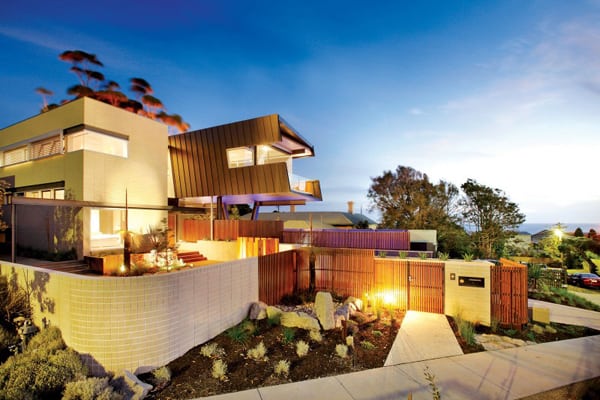
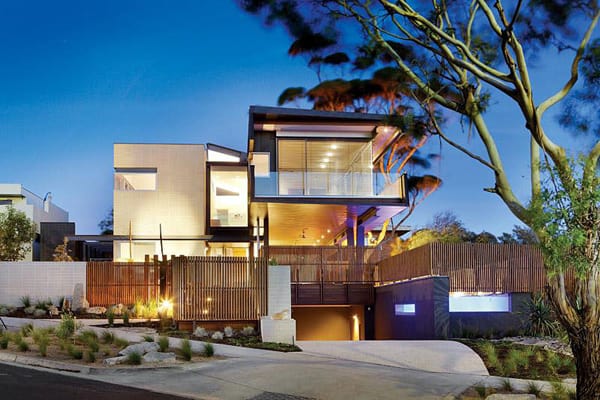
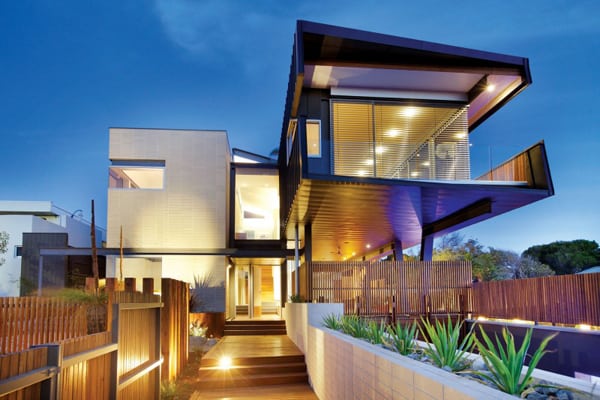
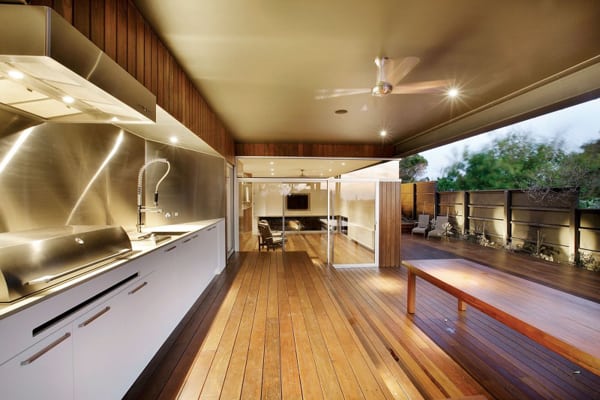


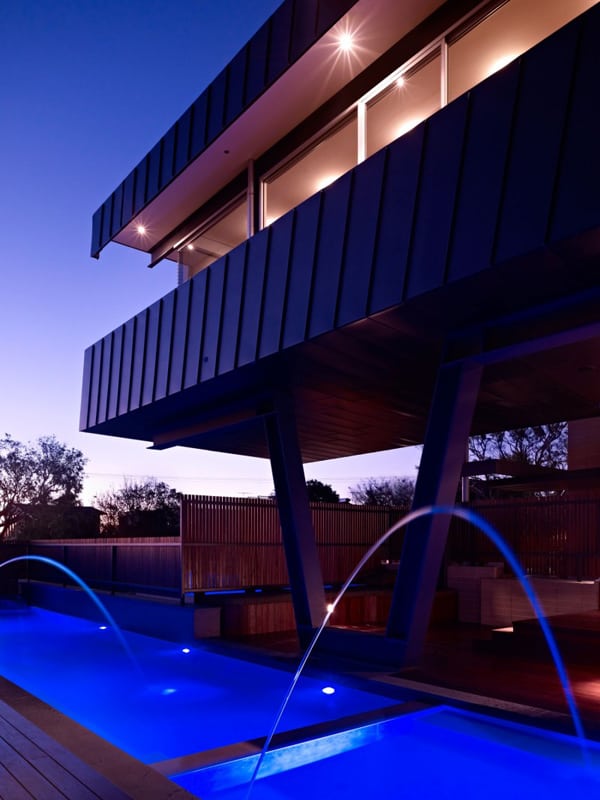

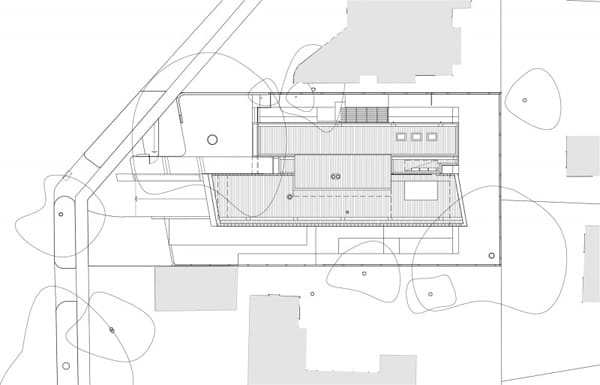
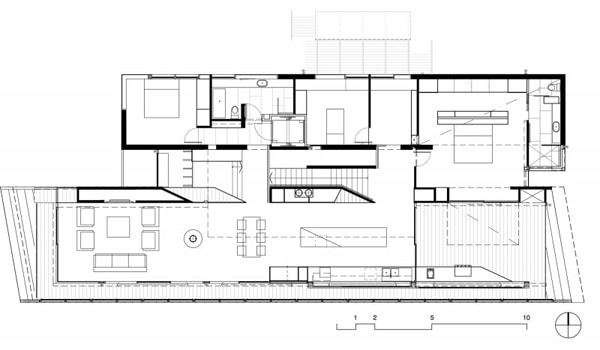
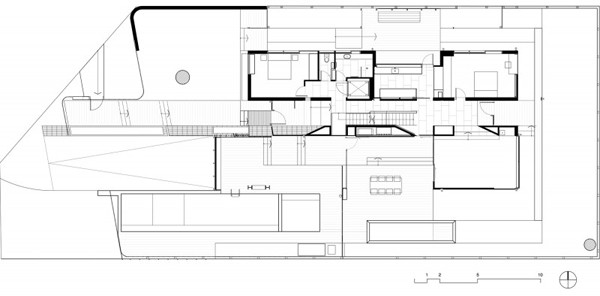

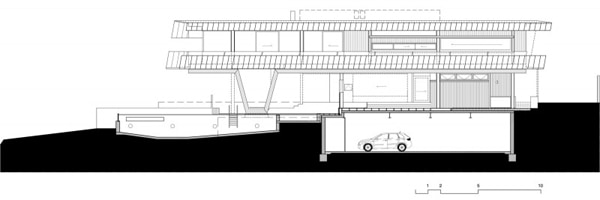
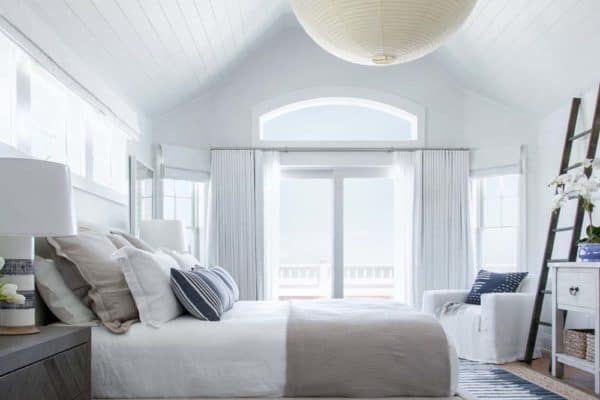
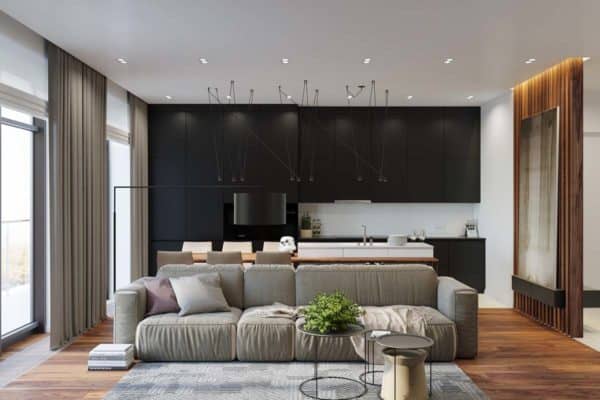
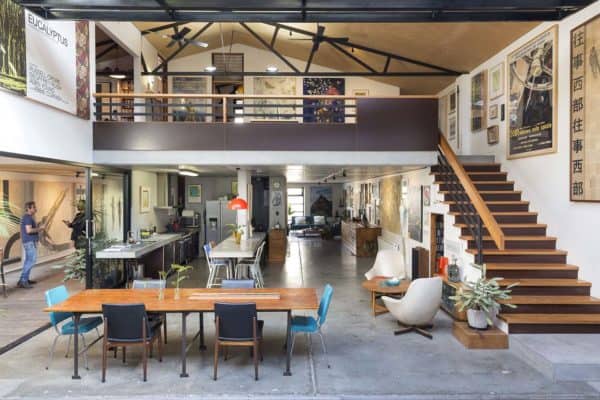
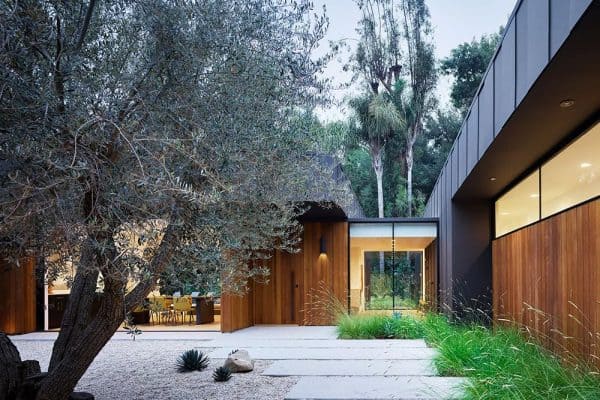
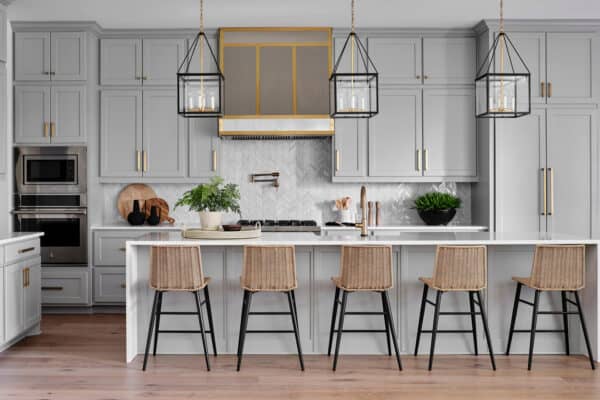

0 comments